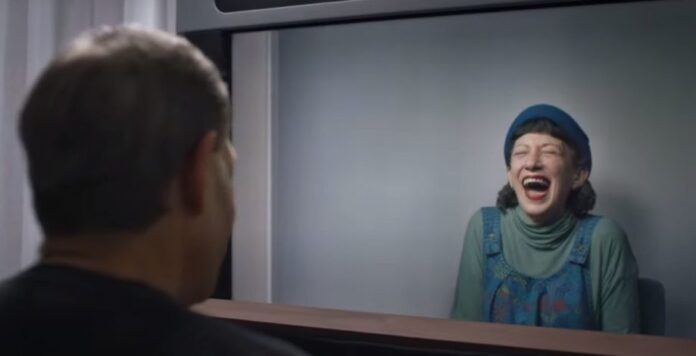From the waterwheel to turbines and generators, technology has come a long way in the last two thousand years. Our technological advancements of the 20th century and now the 21st when compared to the previous two millennia have been so rapid-paced it is almost mindboggling. And nowhere more than in communication have we seen a rapidly evolving technology revolution. Think about telephony, the Internet, and the arrival of those portable wireless terminals you carry in your purse or pocket these days, and you begin to understand the disruptive pace of our technology revolution.
It wasn’t that long ago that Skyping was state-of-the-art. Microsoft created a technology that allowed a user to connect to anyone who shared the application on a desktop, laptop, or smartphone. Today we have Google Meeting and Hangout, Windows Messenger, Apple FaceTime, and Zoom that during this global pandemic have replaced face-to-face physical meetings. We visit with our children and grandchildren this way. Teachers run virtual classrooms. Conferences are held. Virtual communication has replaced the intimacy of physical presence with two-dimensional images displayed on computer screens and phones.
But then there is Project Starline, a Google-developed hologram-like video conferencing tool that provides a magic window to experience family, friends, and coworkers as if they are with you. You make eye contact, you gesture, and you see the person or persons, life-size and in 3D.
Starline combines computer vision, machine learning, spatial audio (which is like surround sound) and real-time compression to create a visual experience, unlike any existing virtual communications app. The light field display system in Starline creates an experience that feels real. The person or people you are communicating with are right there. In watching users’ reactions, there is no doubt in my mind that the feelings they get are as real as if the people were with them. The only thing they cannot do is touch which is something for the future when we get to invent the technology of the Holodeck.
At present Starline requires dedicated hardware and space, but Google’s plan is to make it more mainstream. Watch for yourselves the video experience of users making contact through Starline and you cannot help but be impressed.
Starline didn’t arise because of the COVID-19 pandemic. It’s been in the Google skunkworks for more than five years. And it isn’t alone. There are others working on comparable technology.
- PORTL is a new company that has a two-meter (7-foot) tall hologram box with transparent LCD screens as walls. The person you are talking to appears as a hologram.
- Microsoft Mesh is a project that is working on the integration of real-time 3D holograms into its communication platforms.
















